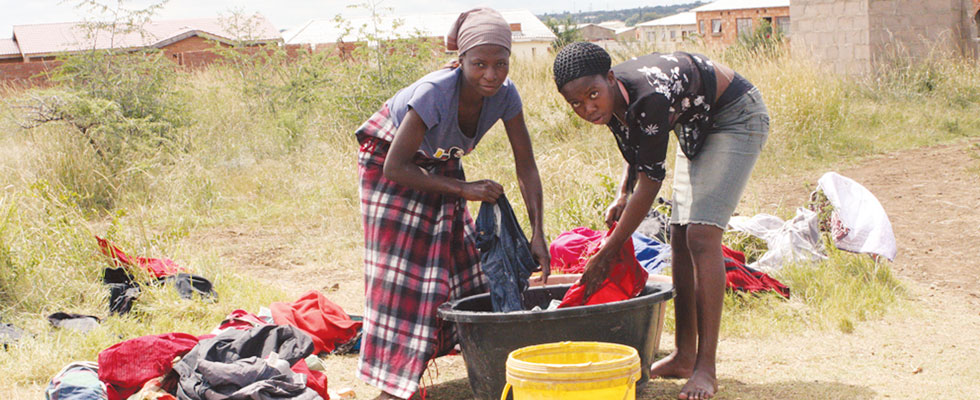
SIX boreholes at the Nyamandlovu Aquifer broke down last week due to a power surge, further worsening the water crisis that has gripped Bulawayo over the past four months.
Report by Blondie Ndebele, Own Correspondent
Bulawayo City Council spokesperson Bongiwe Ngwenya said the number of boreholes at the aquifer had been reduced from 35 to 39 due to a power surge that affected the electric motors on Tuesday afternoon.
“We usually get five megalitres of water from Nyamandlovu Aquifer, but we are now getting about 2,9 megalitres due to the breakdown of some boreholes,” she said.
The Zimbabwe National Water Authority is responsible for drawing water from the aquifer.
Zinwa Gwayi catchment area manager Fortune Musoni confirmed the breakdowns and said the water authority was rehabilitating them.
“The Nyamandlovu Aquifer area does not go through load-shedding, but some electrical faults have resulted in the breakdown of some boreholes,” he said. “However, our maintenance team is doing its normal repairs to resuscitate these boreholes. When there is no electricity it means the pipeline that links the boreholes to the reservoirs is not working, so is the production.”
Musoni said some donors had shown interest in assisting them rehabilitate the boreholes.
- Chamisa under fire over US$120K donation
- Mavhunga puts DeMbare into Chibuku quarterfinals
- Pension funds bet on Cabora Bassa oilfields
- Councils defy govt fire tender directive
Keep Reading
The rehabilitation of boreholes at Nyamandlovu was expected to result in the pumping of more water to Bulawayo and improve the supply situation in the city, which has had to introduce a 72-week water-shedding regime to conserve its dwindling supplies.
Bulawayo now relies on three supply dams after three others were decommissioned after running dry.
According to council, as of October 10, the remaining dams — Insiza, Inyakuni and Lower Ncema — were 40,49% full.











